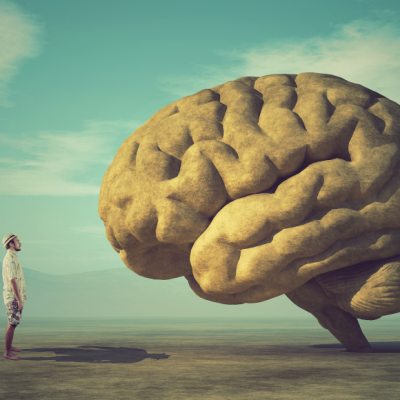Nightmares and real fear activate the same regions of the brain, according to a recent study published in the journal Human Brain Mapping by researchers at the University of Geneva. The study found that the brain regions activated during nightmares and real fear are identical, suggesting that nightmares may prepare people to react appropriately to real-life fear. The researchers used electroencephalography (EEG) to analyze the brain activity of 18 participants in a sleep laboratory. The EEG data was linked to the content of the participants’ dreams by waking them up several times during the night and asking them about their dreams. The study identified two brain regions, the cingulate gyrus and the insular cortex, that were particularly active during nightmares. The cingulate gyrus is responsible for preparing defensive or escape movements in dangerous situations, while the insular cortex evaluates emotions and derives actions from them.
The researchers then investigated whether nightmares have an impact on real fear by asking 89 participants to keep a dream diary and then measuring their brain activity using magnetic resonance imaging (MRI) while showing them images that typically induce fear, such as violence. The study found that the activity of the cingulate gyrus, insular cortex, and amygdala, which are all involved in processing emotions, was lower in participants who had experienced more nightmares in the previous week. However, the activity of the medial prefrontal cortex, which inhibits the amygdala’s reactions to fear, decreased. The study’s authors suggest that their findings support a neuroscientific theory that people simulate fear during sleep to better react to it in real life. The researchers plan to investigate whether their findings can lead to new treatments for anxiety disorders.
The study’s findings have important implications for understanding the relationship between dreams and real-life experiences. The study suggests that nightmares may serve a protective function by preparing people to react appropriately to real-life fear. The study’s authors suggest that their findings could lead to new treatments for anxiety disorders, which affect millions of people worldwide. The study also highlights the importance of understanding the brain mechanisms involved in fear and anxiety, which could lead to new insights into the treatment of these conditions. Overall, the study provides important new insights into the relationship between dreams and real-life experiences and could lead to new treatments for anxiety disorders.










